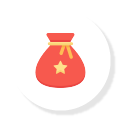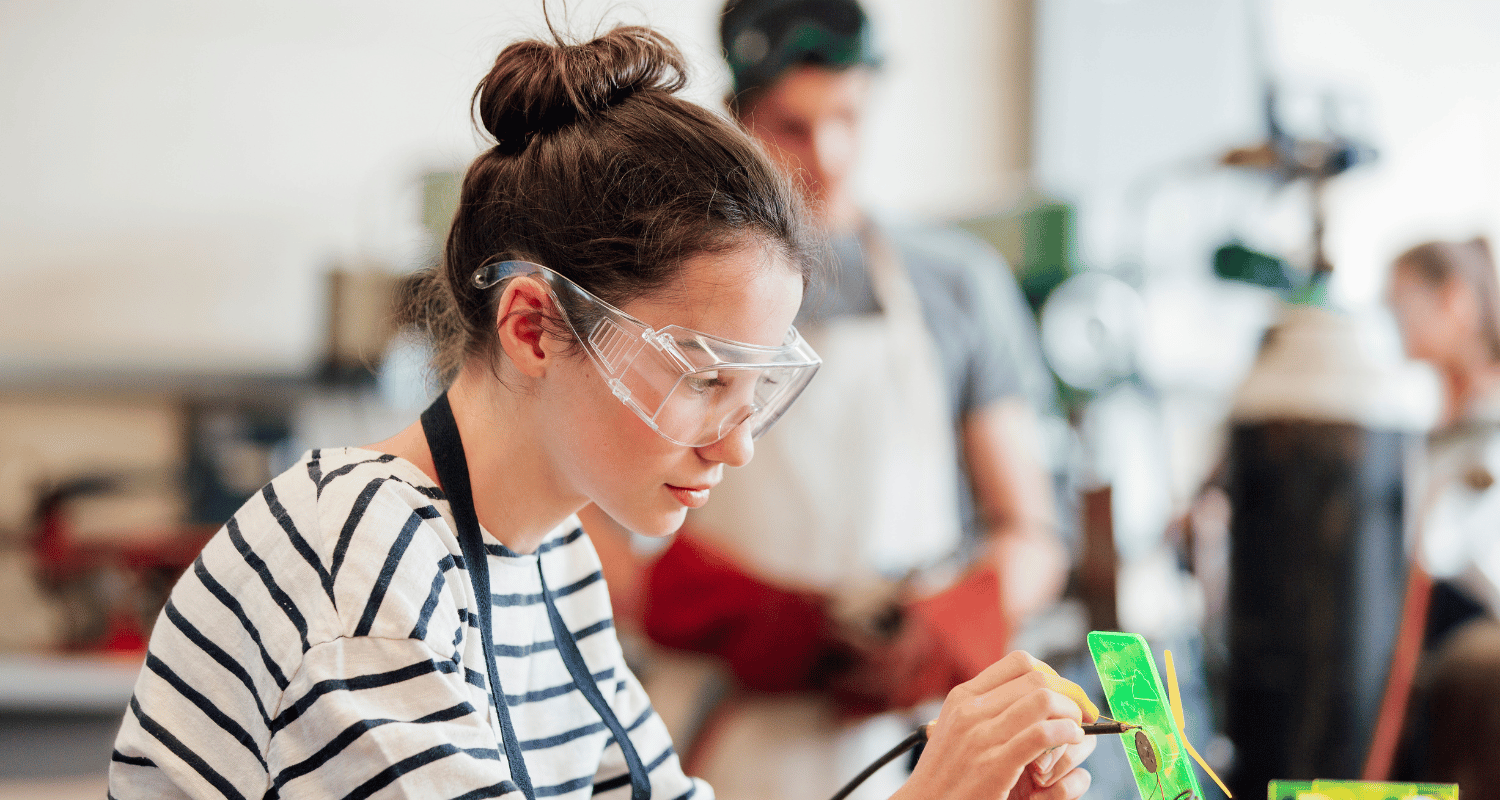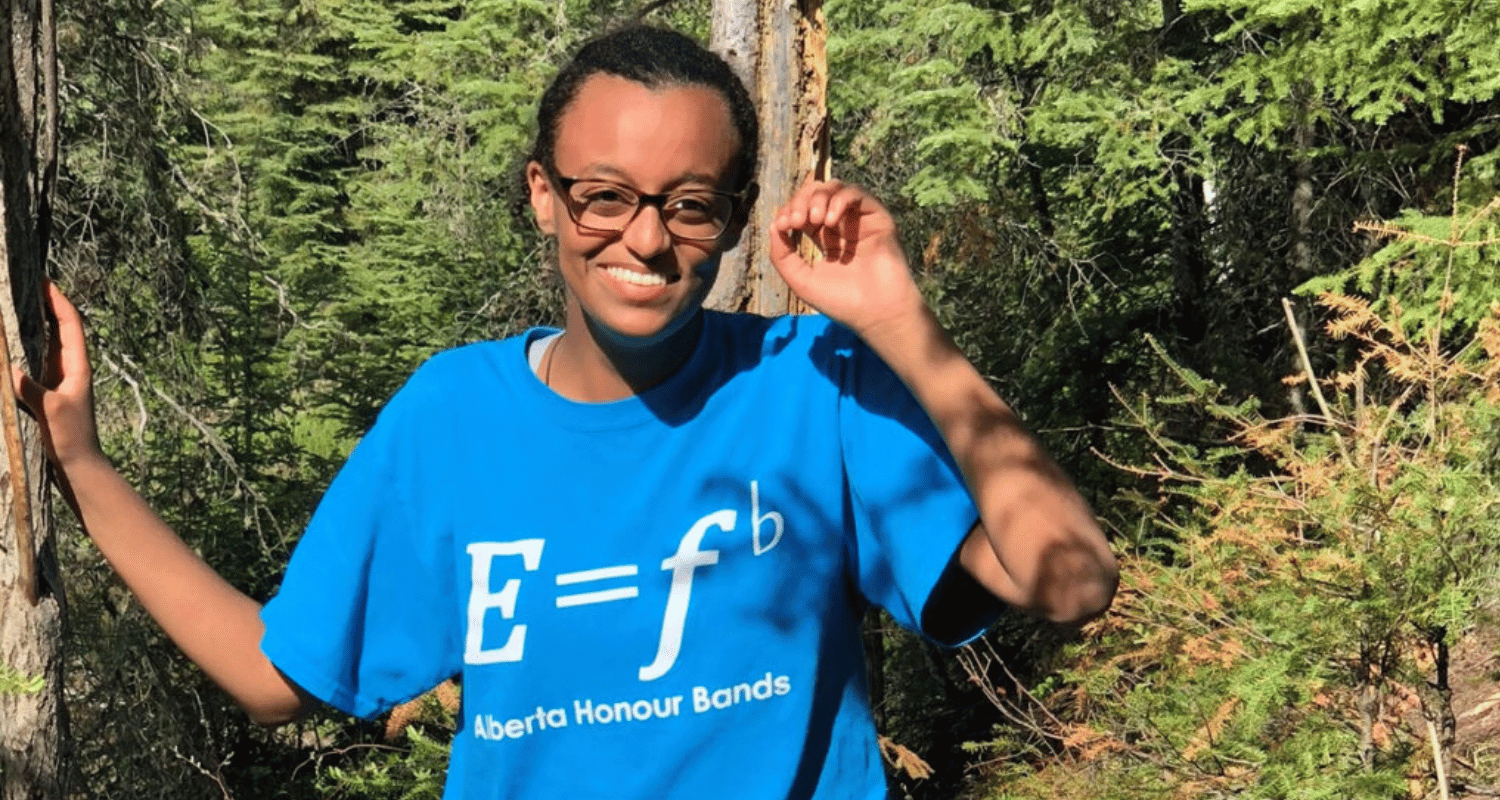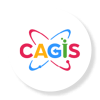
By CAGIS
Arushi Nath, who is in Grade 5 at École élémentaire Pierre-Elliott-Trudeau in Toronto, is a veteran of 29 – yes, 29 – hackathons. She went to her first when she was just five years old. In October, Arushi won the NASA Space Apps Challenge in Toronto for the fourth time since starting to compete in 2014. In 2014 and 2018, her winning projects were also among the top 25 globally. Here, she talks about her latest project, her inspiration and why kids shouldn’t be intimidated by learning more about science.

Can you describe your project?
My project is called Schools and NASA Aiding Climate action by Kids (S.N.A.C.K). The project uses satellite imagery to calculate tree densities of French-board schools in Toronto. It then ranks the schools and maps them. Students can add and share picture of their school playground and school trees to show how green their school is.
In addition, I made a pollution sensor to measure the pollution in different schools and parks as well as at street crossings using Arduino. Arduino is an open-source electronics platform that’s used for interactive projects. I found out that there was much more pollution in the street crossings because of the traffic. I plan to post the pollution data in schools on the S.N.A.C.K map too.
For more information about Arushi’s project, go to her website.
What was your inspiration for the project? Where did you get the idea?
My school friends and I participated in “School Strike for Climate” in Toronto on September 27, 2019. The call for this strike was given by Swedish climate activist Greta Thunberg.
“I wanted to do more than raise slogans or wait for others to act. I wanted school children to come up with local solutions to global challenges.”
I started thinking of ways to make things that matter to me greener and more climate friendly. I thought about measuring how green the schools and playgrounds are where kids spend a lot of their time. I decided the best way to do it is to take up a project!
What made you decide to enter the competition?
Ha ha! I cannot find any reason that would keep me away from participating in the NASA SpaceApps Challenge. I love going to hackathons and have participated in 29 hackathons. My first hackathon was the NASA SpaceApps Toronto in 2014 when I was only 5 years. Since then I participated in NASA SpaceApps 2015, 2016, 2017, 2018 and 2019.
As I love space and robotics, the NASA SpaceApps Challenge is my favourite competition as it allows me to dream big and think beyond Earth. Each year they come up very different and interesting challenges which teams must solve in 40 hours and then present to the judges. I cannot wait for the NASA SpaceApps 2020!
How did you feel when you found out you won?
When I found out that I have won and became the NASA SpaceApps Global Nominee I felt happy as my idea was liked by other people and the judges too. I won the NASA Space Apps Challenge in 2014 and 2018 too and was the Global Nominee. And I was the 2017 NASA- Canadian Space Agency SpaceApps National Winner.
This win was even more exciting as I participated solo this time (also for 2017 NASA-Canadian Space Agency Challenge) and had to do all the work myself from thinking of the idea, making it, coding, and presenting it to judges in 40 hours.
What first sparked your interest in space and science?
I have always liked looking up at the night sky, watching planets and constellations. Later I tried identifying different constellations like Orion and the Big Dipper. My family then joined the Royal Astronomical Society of Canada (RASC) Toronto and started attending their meetings and star parties. I met a lot of people and viewed planets and galaxies through their telescopes. My favourite part was visiting the Carr Astronomical Observatory of the RASC where I could look through big telescopes and stay awake all night. I then used to draw what I saw through the telescopes.
My Dad used to take me to the Ontario Science Center very often. There I love attending planetarium shows, watching demonstrations, and playing with new exhibits. This got me very interested in making things and mixing my science projects with arts and music. For the last two years, I have been exhibiting my projects at the Ontario Science Centre for their Tech Art Fair. I now end up showing my projects to thousands of other kids and their families.
What’s next—both for the project, and for the future?
Right now, I have only put the data for 15 schools in Toronto. I am planning on putting data from more schools in Toronto and other cities. Students in these schools would be able to send me more information which can be placed on the S.N.A.C.K map.
“I am hoping this would encourage more students to play an active role in doing something about climate.”
Right now, in Australia, there are forest fires happening because of climate change. Forest fires are happening more often in Canada too. It is important to save the forests that are left so that different animals and birds can keep their habitat.
“Kids anywhere in the world can play a big role in protecting their environment.”
I used a crowd mapping software called Ushahidi from a Kenya based non profit company to let kids add data about their schools for the S.N.A.C.K project. They were also very kind to spread information about my project with their partners. Recently an activist from Uganda saw my project and has asked me to share my project with her. I hope we can create a global school kids network where we can share information, advise and enthusiasm for making the world better. This project can help other kids get knowledge about Climate action.
What advice would you give to other kids who might want to explore science, but may be intimidated?
I would advise other kids to start by making small projects according to what they know about science.
“There is nothing to be afraid of. There is no minimum age to learn, talk and tell others about what they know about science.”
I give a lot of science Show and Tell in my school too and bring small projects I have made. I would advise them to become their own teachers on things they are interested in. If they like to code, then they should look at Youtube videos or online courses. They should attend coding, science and making sessions at CoderDojo, STEMKidsRock, CAGIS, Kids Learning Code or their local makerspaces and then make some fun projects. By making small projects they will better understand what they learned. This is how I learned coding in Python and using Arduino. For example, I am now learning OpenCV by doing free tutorials written by Adrian Rosebrock of PyImageSearch.
The best way to learn is also to teach others about your project. If you can explain your project in simple language to someone who does not know anything about it, then you have completely mastered your project.
I co-founded http://www.HotPopRobot.com with my brother Artash. Since 2014 we have been posting all our projects and their making process with pictures there. I do many outreach events each year at schools, libraries, and at Science Rendezvous in English and French to tell more kids and their families about science and space. In 2019, HotPopRobot.com was among the five finalists for the Canada’s Favourite Science Online Award.

Who are your role models? And who’s your favourite scientist, and why?
I am inspired and encouraged by the Canadian astronaut Jennifer Sidey-Gibbons. I met her in 2017 at the Canadian Space Agency. I was the 2017 national winner of the Canadian SpaceApps and was invited to present my project at the Canadian Space Agency headquarters near Montreal. Jennifer has a doctorate degree in combustion. When I met her, she did not know how to fly a plane. Now in only two years she has learned how to fly planes as a part of her astronaut training. How cool is that!
This week Jennifer Sidey-Gibbons has graduated the basic training course for NASA Astronauts and will get a chance to go in the Artemis Mission! She inspires me. I hope to meet her again and show her some of the new projects that I have made.







